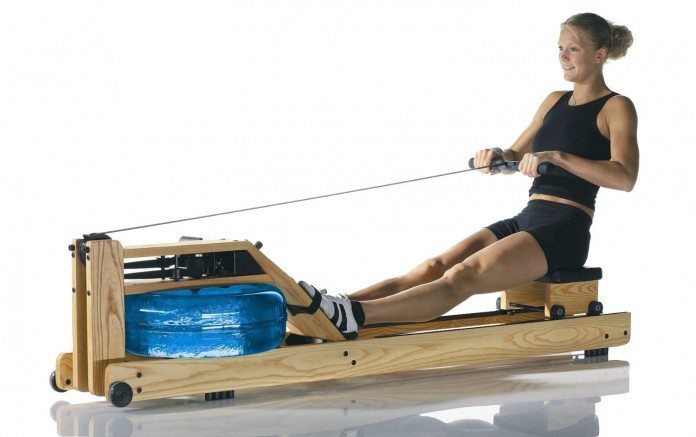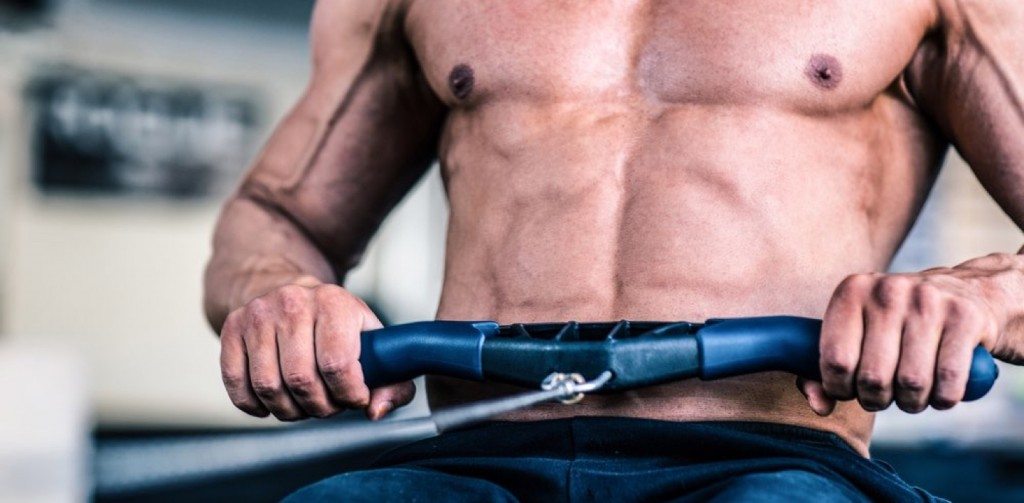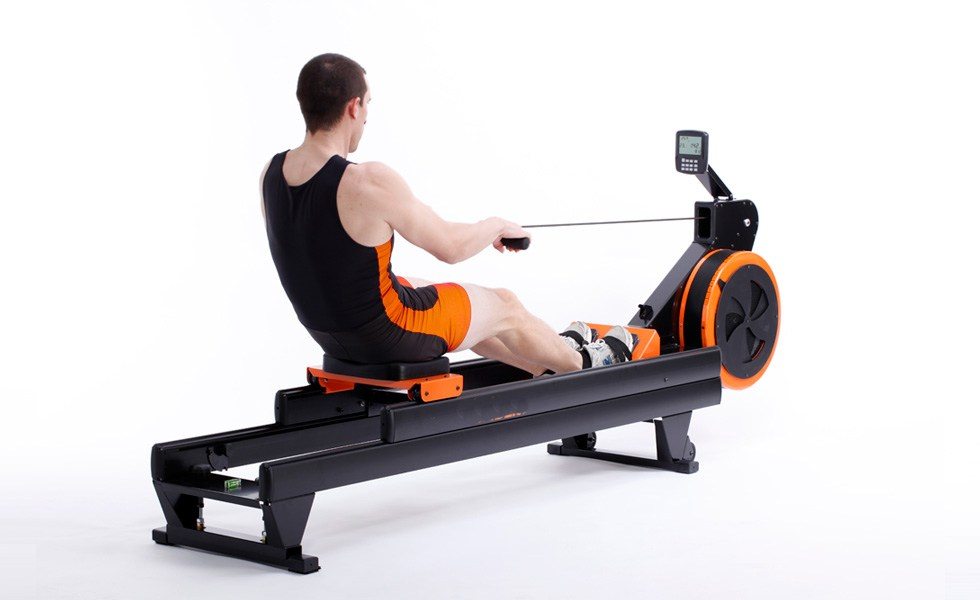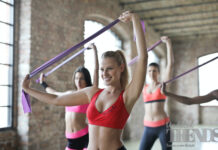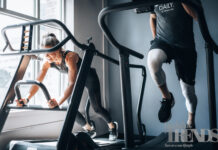Rowing machines are designed to imitate the motions performed by people when rowing a boat in water. Most machines have panel to track speed, distance and calories burned. These devices have a long frame that sit low to the ground, a handle attached to the flywheel by a rope and a braked flywheel placed at the front of the frame. During the rowing movement, the handle is pulled toward the user and the seat moves towards the fly. This enables the rower to engage the lower body during the motion of rowing.
When using the rowing machine, you go through similar motions just like rowers in a boat. These include:
Catch
This is the beginning position. Here the knees, shoulders and arms are relaxed. The arms are outstretched in front of the knees and hands are holding the paddles firmly. The rower’s back is almost upright and the paddles are just dipping behind the boat
Drive
It involves the powerful motion that pushes the boat towards the finishing line. In a single movement, the rower’s feet are pressed to the bottom and his knees are extended. During this movement, the core engages to assist lever the body backward. With straight knees, the rower pulls the handle towards the chest and draws the paddle forward through the water.
Finish
During this phase the fists are placed at the chest, the torso is arched slightly backward and the legs are extended fully.
Recovery
This is the controlled and steady movement that returns the rower to the first position with little or no resistance.
The rowing machine workout and its benefits include:
Increases muscular endurance and strength
Muscular endurance refers to how much weight a muscle can lift consistently. On the other hand, muscular strength is how much weight a muscle group is capable of lifting in a single workout-such as a single rep.
When rowing, you increase muscular endurance and strength-though endurance is the primary benefit. This is because you are constantly going against the resistance for the entire workout and spurring physiological adaptations that make the muscle group to exert force without corresponding failure.
Primarily, what makes rowing unique is that it works your whole body. During the drive stage, you engage the major muscles of your legs, your core muscles, the upper body and the back. This repeated exertion enhances muscular endurance across all muscle groups.
Enhance cardiovascular fitness
When you perform sustained exercise that increase your heart rate and breathe volume, you are improving your cardiovascular fitness. Rowing engages every muscle in your body and is great for your heart as well as lungs. In turn, sustained workout pushes your heart to pump more blood to your muscles in order to supply them with nutrients and energy to your cells while eliminating waste byproducts such as lactic acid as well as carbon dioxide.

